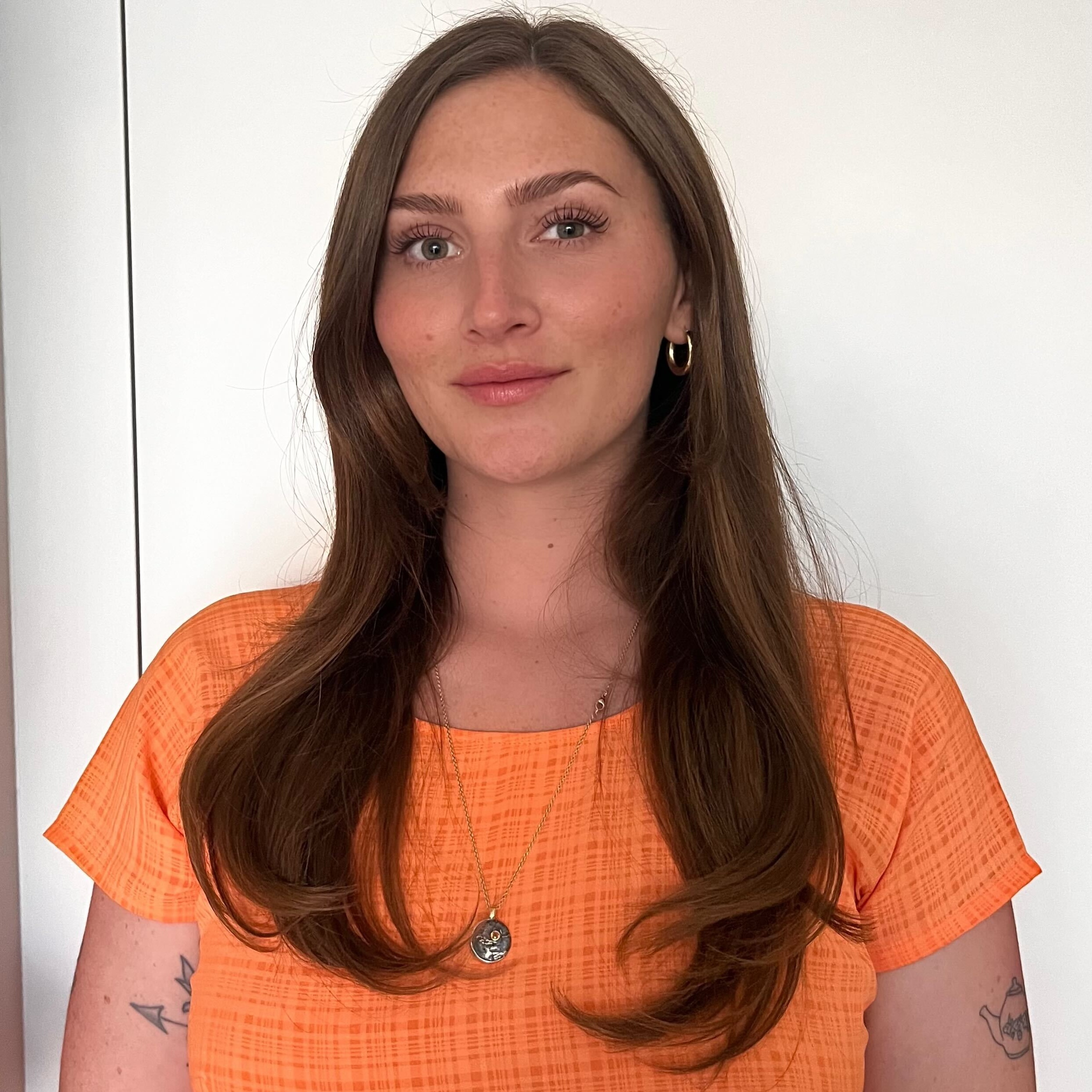These rarely-seen images of Glastonbury in the 1980s capture the world’s most famous music festival in its rawest and most magical form
Long before the luxury yurts, pop-up spas, and Champagne bars, Glastonbury looked like something else altogether.
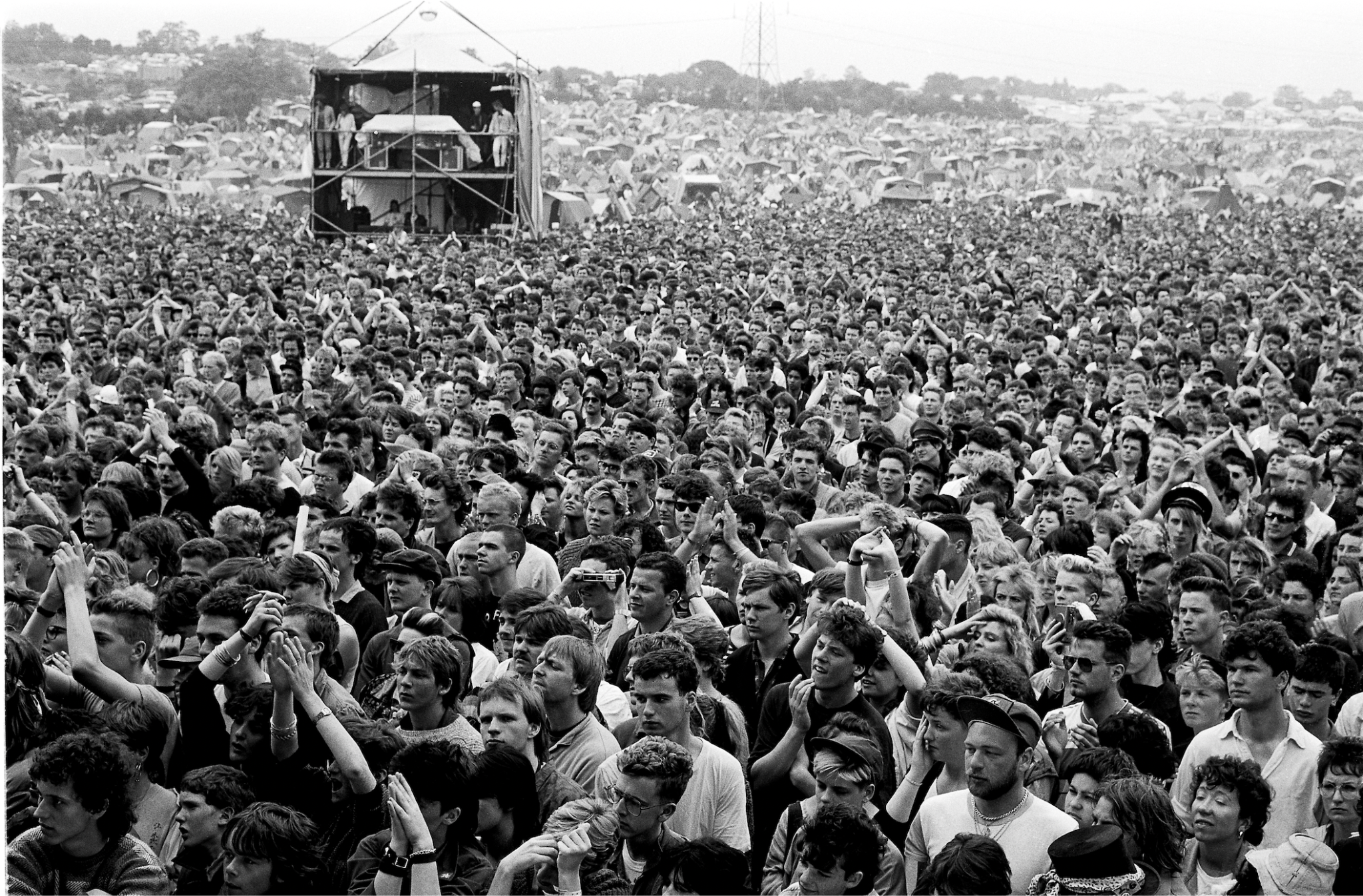

This year’s iteration of the world’s most famous festival is its 55th — and it all kicks off tomorrow with headliners such as The 1975, Neil Young, and Olivia Rodrigo set to take the Pyramid Stage by storm. But long before it became the global spectacle it is today, Glastonbury was something different altogether.
It all began in 1970 when Somerset dairy farmer Michael Eavis, inspired by the Bath Blues Festival, put on a £1-a-ticket event at Worthy Farm (milk included). Just 1,500 people came. For Eavis, it was a lifeline — a way to keep the family farm afloat.
By the 1980s, it had grown into a haven for musicians, misfits, and activists — a muddy, chaotic, joyful collision of subcultures. These rarely-seen black-and-white photographs by Bristol photographer Beezer, shot during that era, capture Glastonbury in its rawest form. Long before it was fashionable, it was something far greater — free-spirited.
Keith Allen and a very tiny future pop star
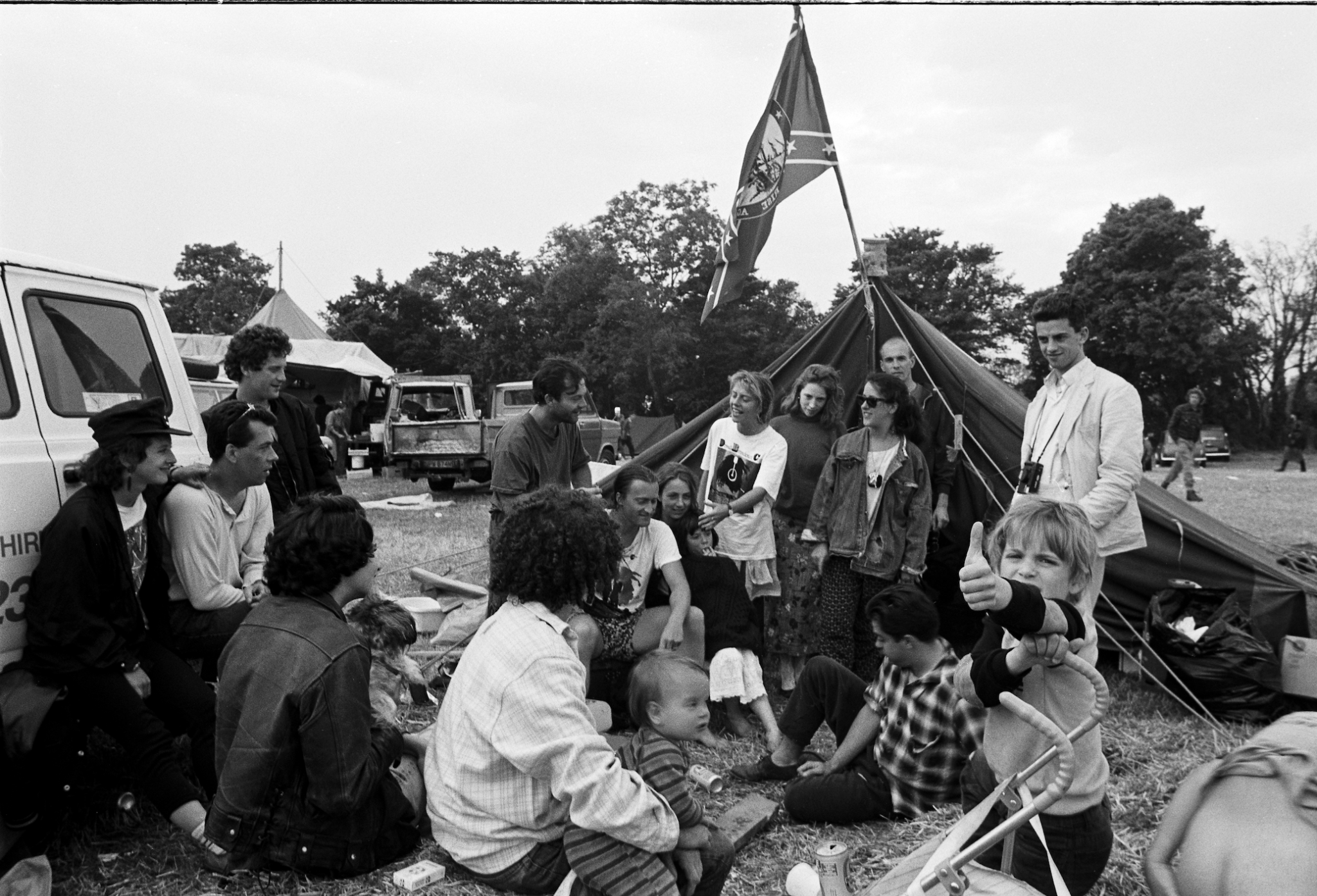
From mud-splattered tot to Pyramid Stage pop star — Lily Allen, pictured here with her father Keith Allen, would go on to perform at Glastonbury in 2007 and 2009.
Baby Lily Allen, festival veteran in the making

Tents, straw, and a wide-eyed stare — baby Lily takes in her very first Glastonbury, years before she'd grace the stage.
Bob Geldof, pre-Live Aid, post-punk
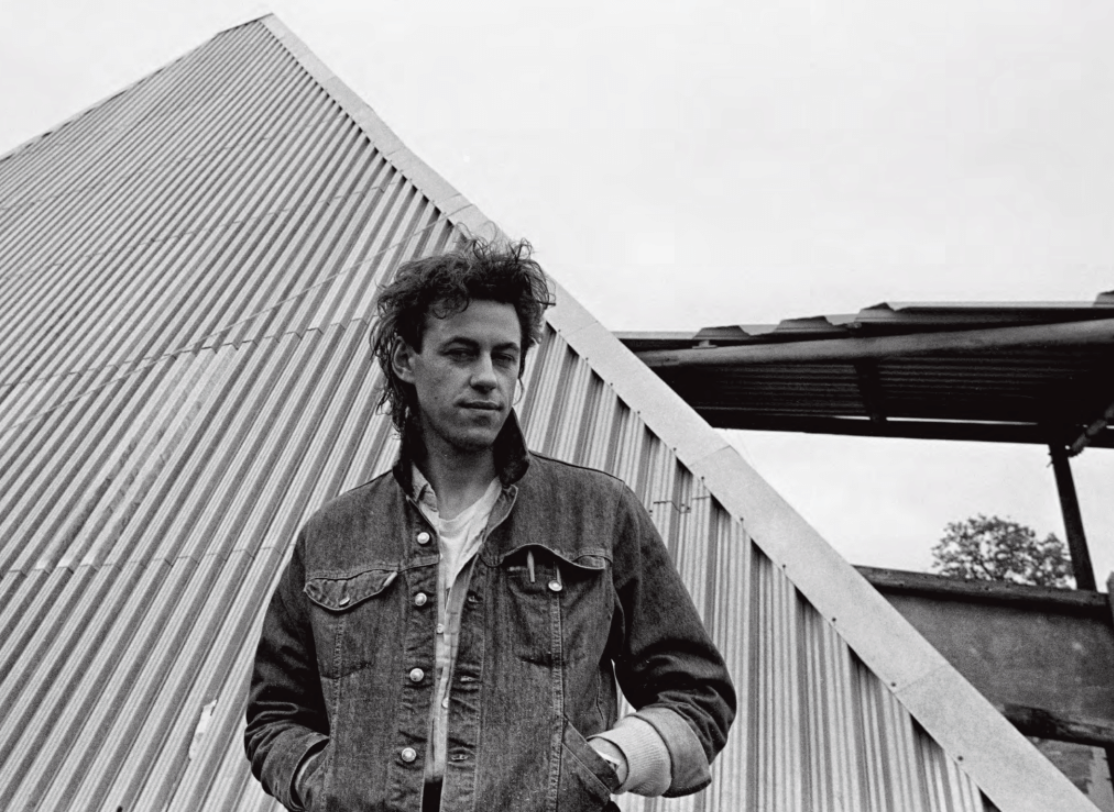
Before Band Aid and global activism, Bob Geldof of the Boomtown Rats cuts a defiant figure — all tousled hair, double denim, and backstage confidence
A sea of mullets and magic at the Pyramid Stage

No drones, no phones — just music, mud and pure chaos. The 1980s crowd was a living tapestry of mohawks, mullets and tie-dye.
Exquisite houses, the beauty of Nature, and how to get the most from your life, straight to your inbox.
The Pyramid Stage at rest — and its most poetic
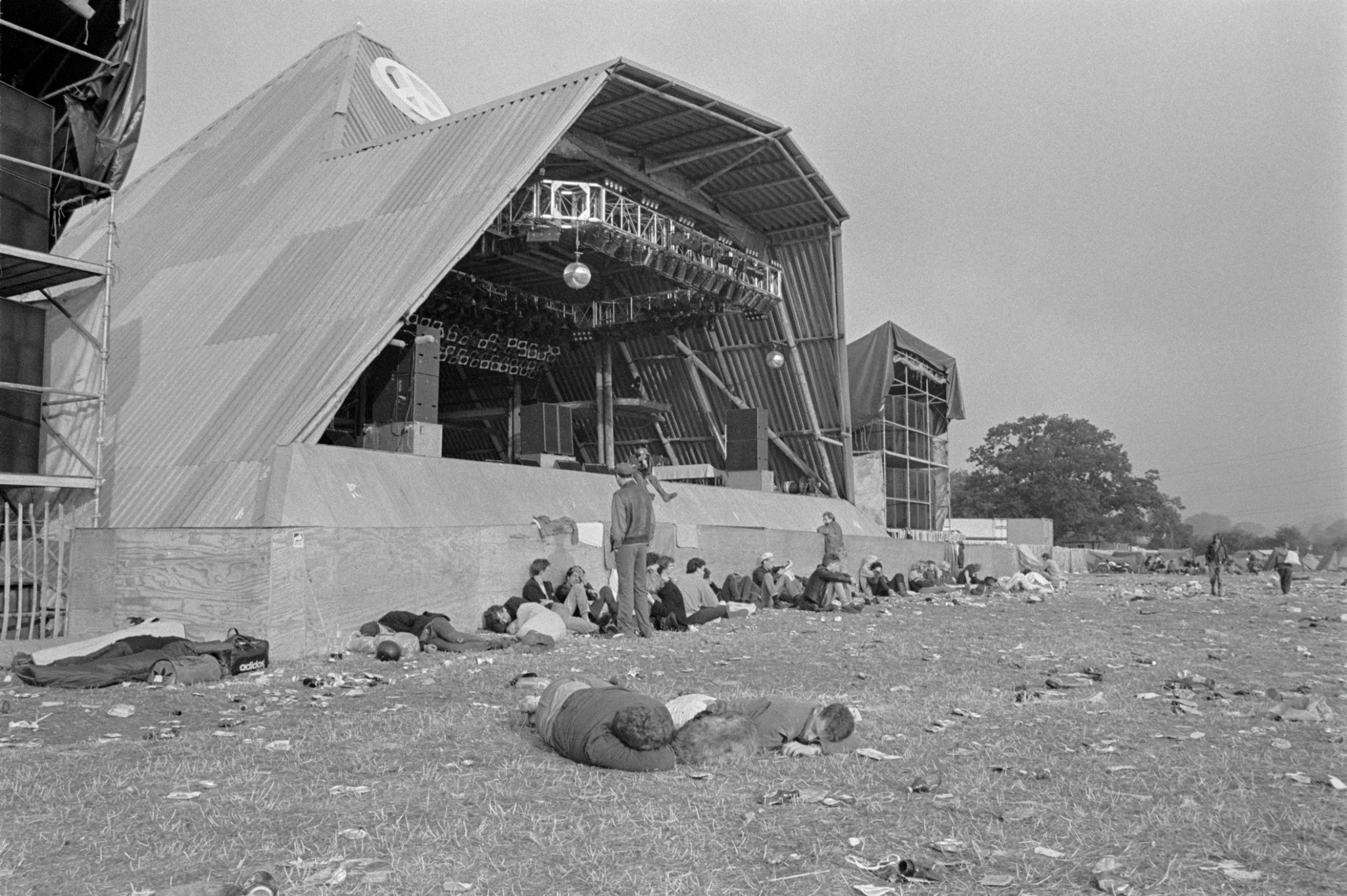
Before the crowds arrive, the now-iconic Pyramid Stage sits quietly — part sci-fi sculpture, part sacred space.
Elvis Costello, suited up and unbothered
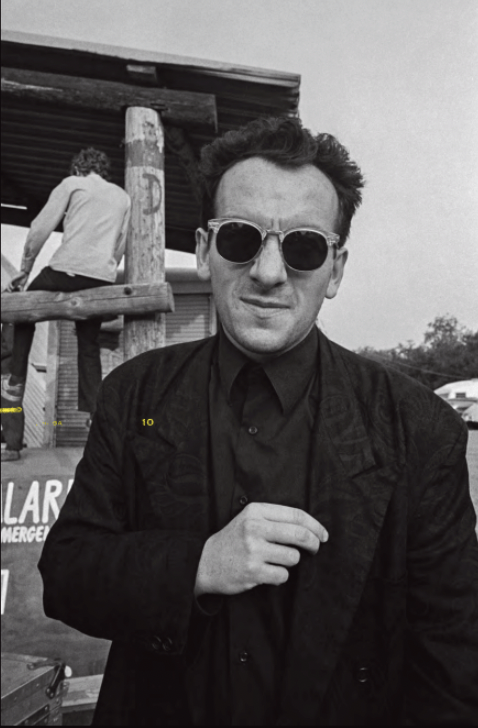
Sharp suit, sharper stare. Elvis Costello poses backstage — looking effortlessly cool between sets, long before stylists got involved.
Paul Weller, camera-ready and cool
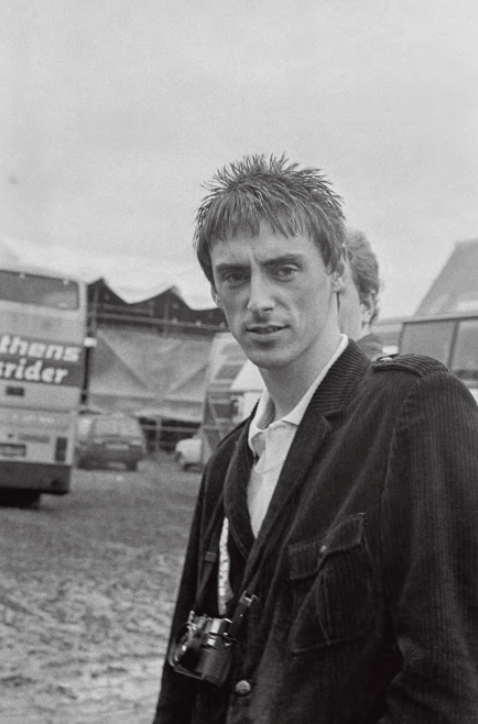
Off-stage and in the mud, Paul Weller keeps it sharp — camera around his neck, festival grit underfoot.
Black Uhuru bring military cool to Worthy Farm
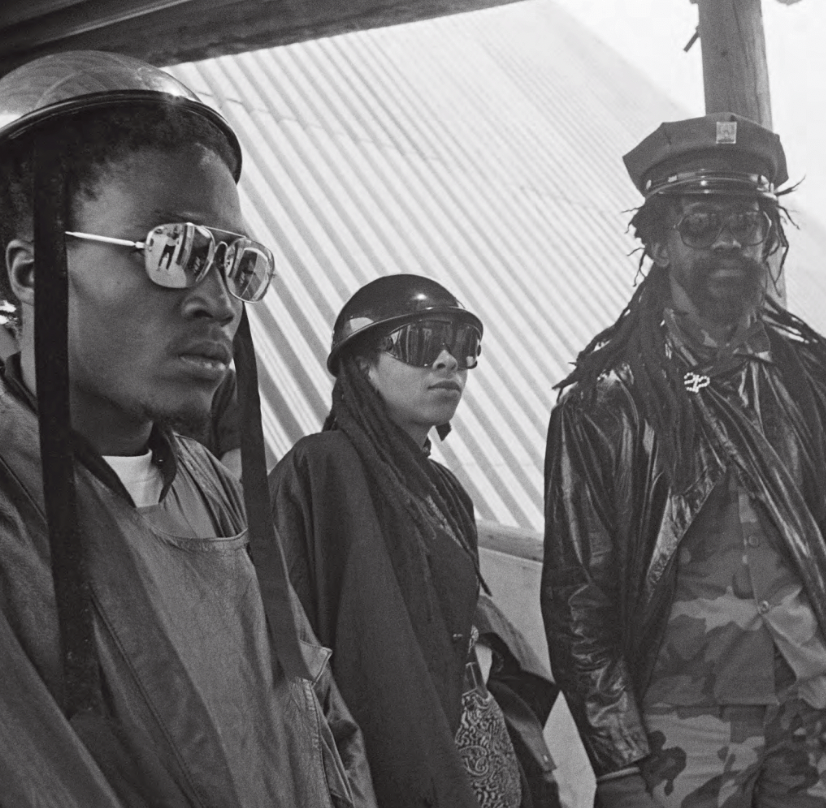
Jamaican group Black Uhuru, pioneers of politically-charged reggae, brought fierce energy — and fierce looks — to 1980s Glastonbury
Mud, glorious mud
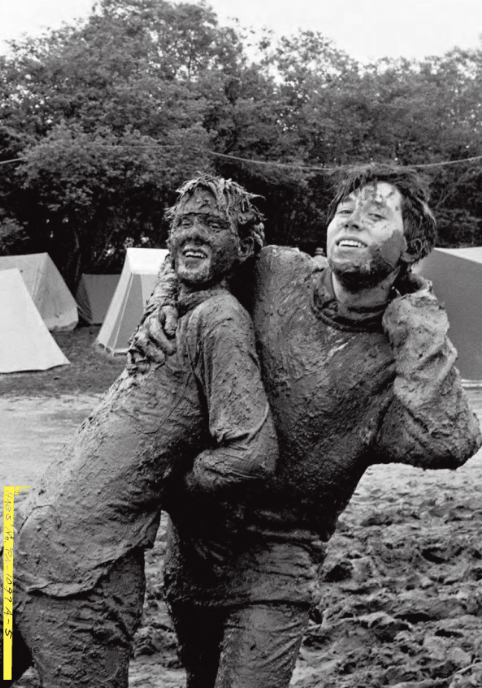
A rite of passage. These two revellers took the 'full immersion' approach to festival dressing — well before the era of Alexa Chung in Hunter wellies.
DIY tattoos and youth rebellion in canvas corners

A tattoo ‘studio’ in the loosest possible sense — a stool, a tent, and a handwritten sign. “Tattoo Artist OPEN.” Of course it was.
'Until Now: Volume I – A Life in Photos 1982–1986' by Beezer is published on July 31 and spans Glastonbury, Notting Hill Carnival, Bristol (PC Press)
Florence is Country Life’s Social Media Editor. Before joining the team in 2025, she led campaigns and created content across a number of industries, working with everyone from musicians and makers to commercial property firms. She studied History of Art at the University of Leeds and is a dachshund devotee and die-hard Dolly Parton fan — bring her up at your own risk unless you’ve got 15 minutes to spare.
-
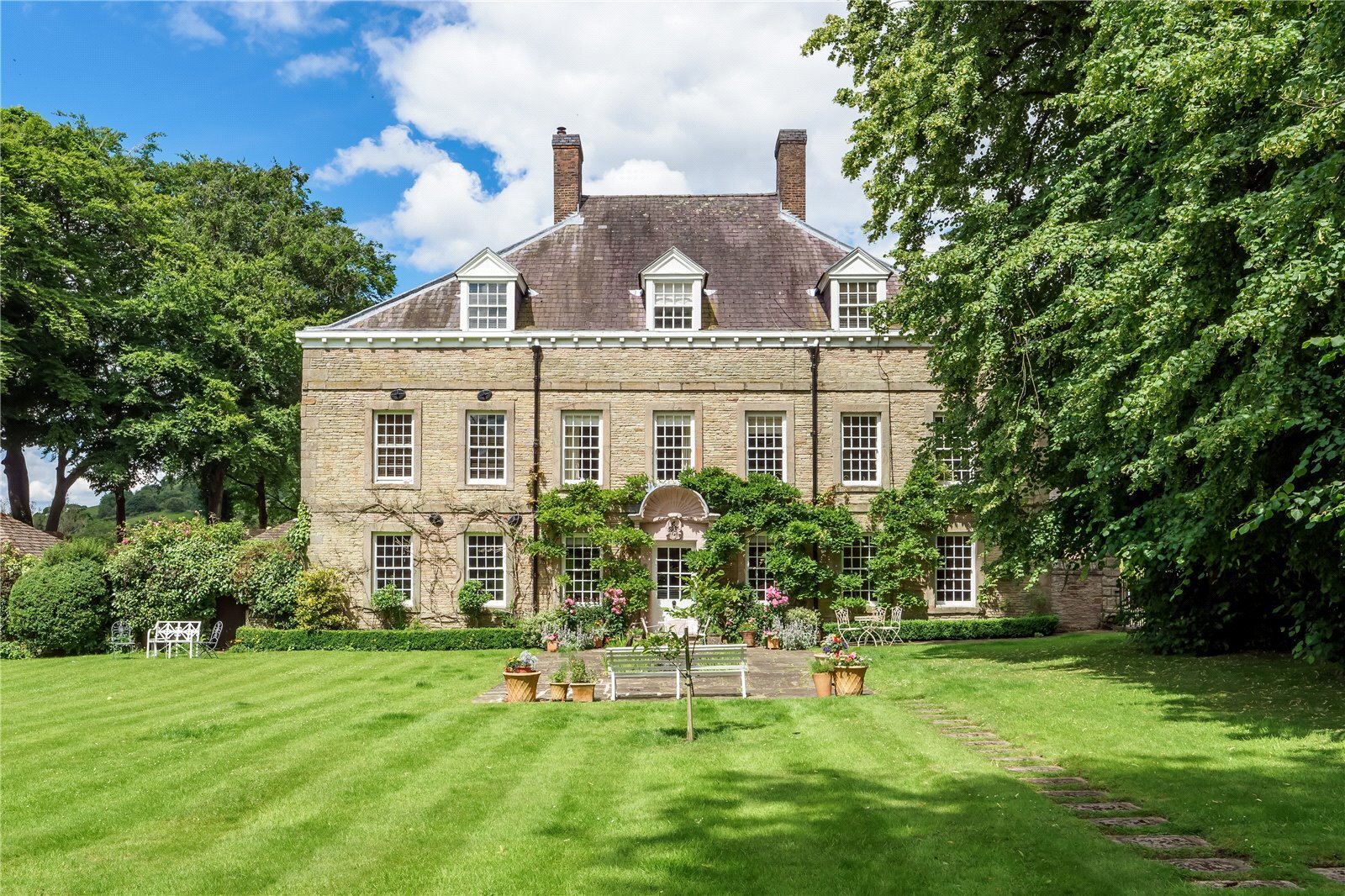 Can you buy happiness? The latest list of Britain's happiest places, and what you could end up with if you moved there
Can you buy happiness? The latest list of Britain's happiest places, and what you could end up with if you moved thereCan you buy happiness? Of course not, but you can buy a nicer house in a better town... and, well, that's probably going to help quite a bit.
-
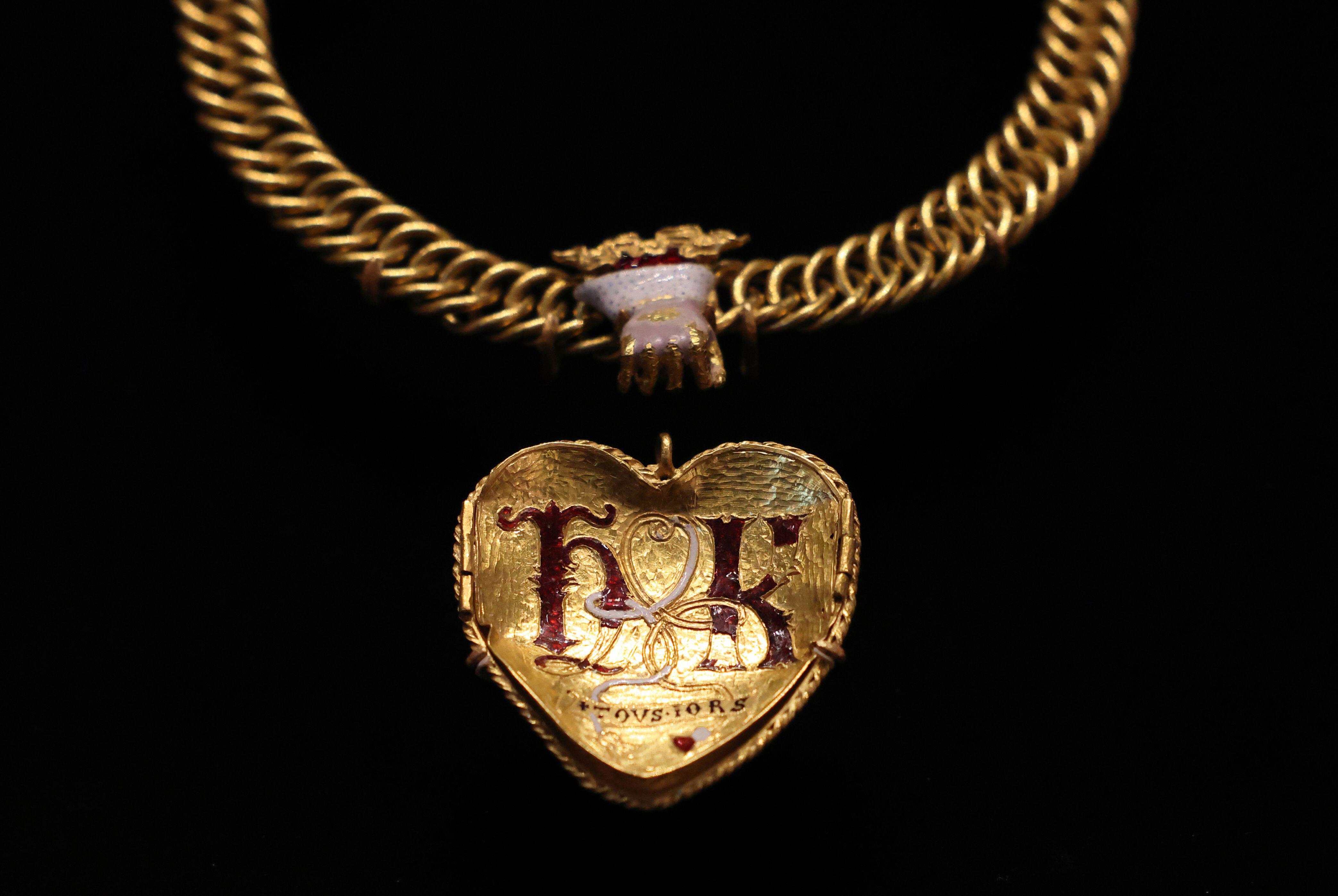 Is the British Museum's attempt to save a Tudor-era pendant with links to Henry VIII proof that the institution is on the up?
Is the British Museum's attempt to save a Tudor-era pendant with links to Henry VIII proof that the institution is on the up?After years of neglect and controversy, Britain's premier cultural institution seems to be finding its feet again.
-
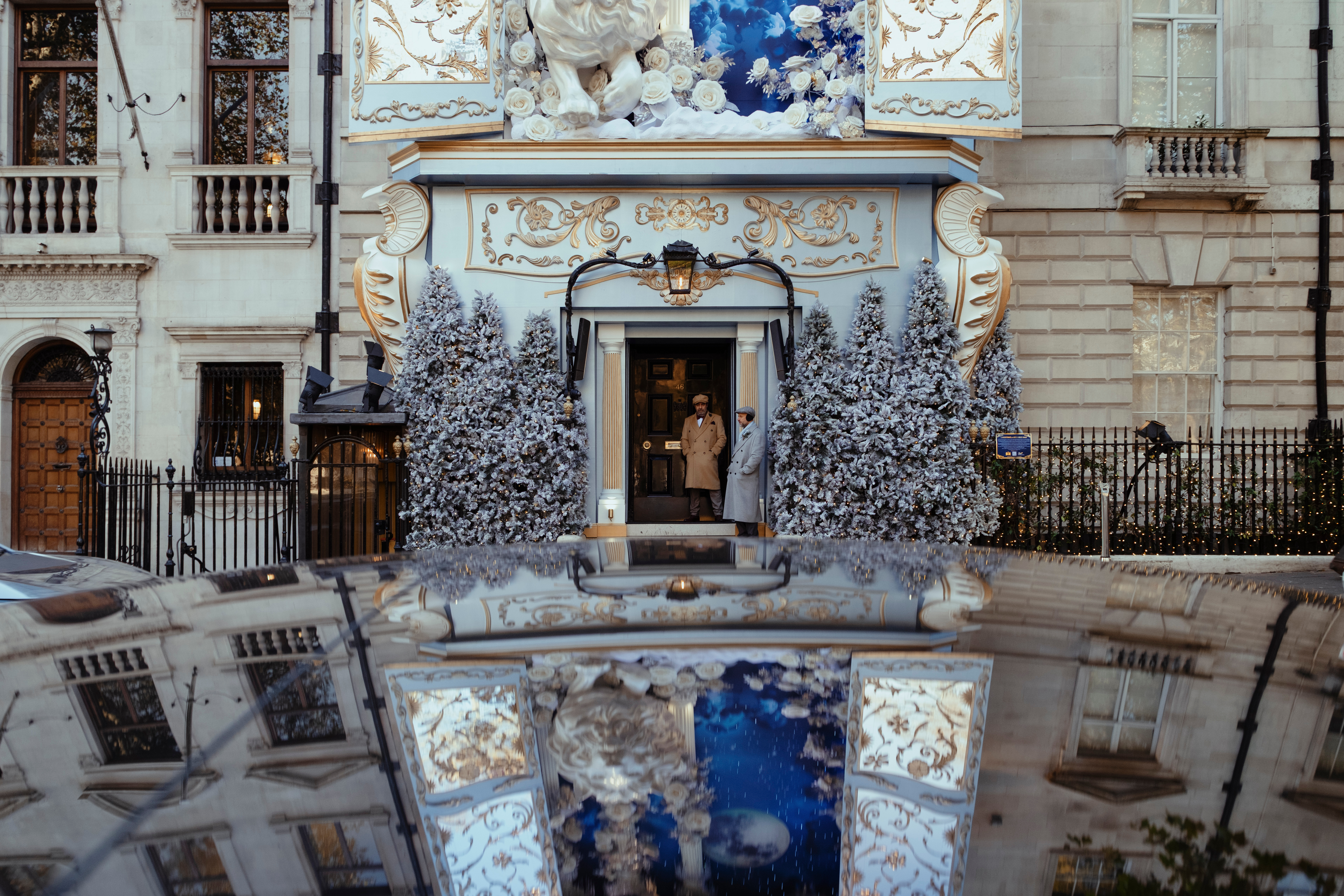 What on earth is the person who comes up with Annabel's otherworldly facade displays on? London's most magical Christmas shop displays
What on earth is the person who comes up with Annabel's otherworldly facade displays on? London's most magical Christmas shop displaysPhotographs by Greg Funnell.
-
 Farmers of Britain, go forth and grow prawns
Farmers of Britain, go forth and grow prawnsA new study has proposed that farmers could start growing king prawns to diversify income streams.
-
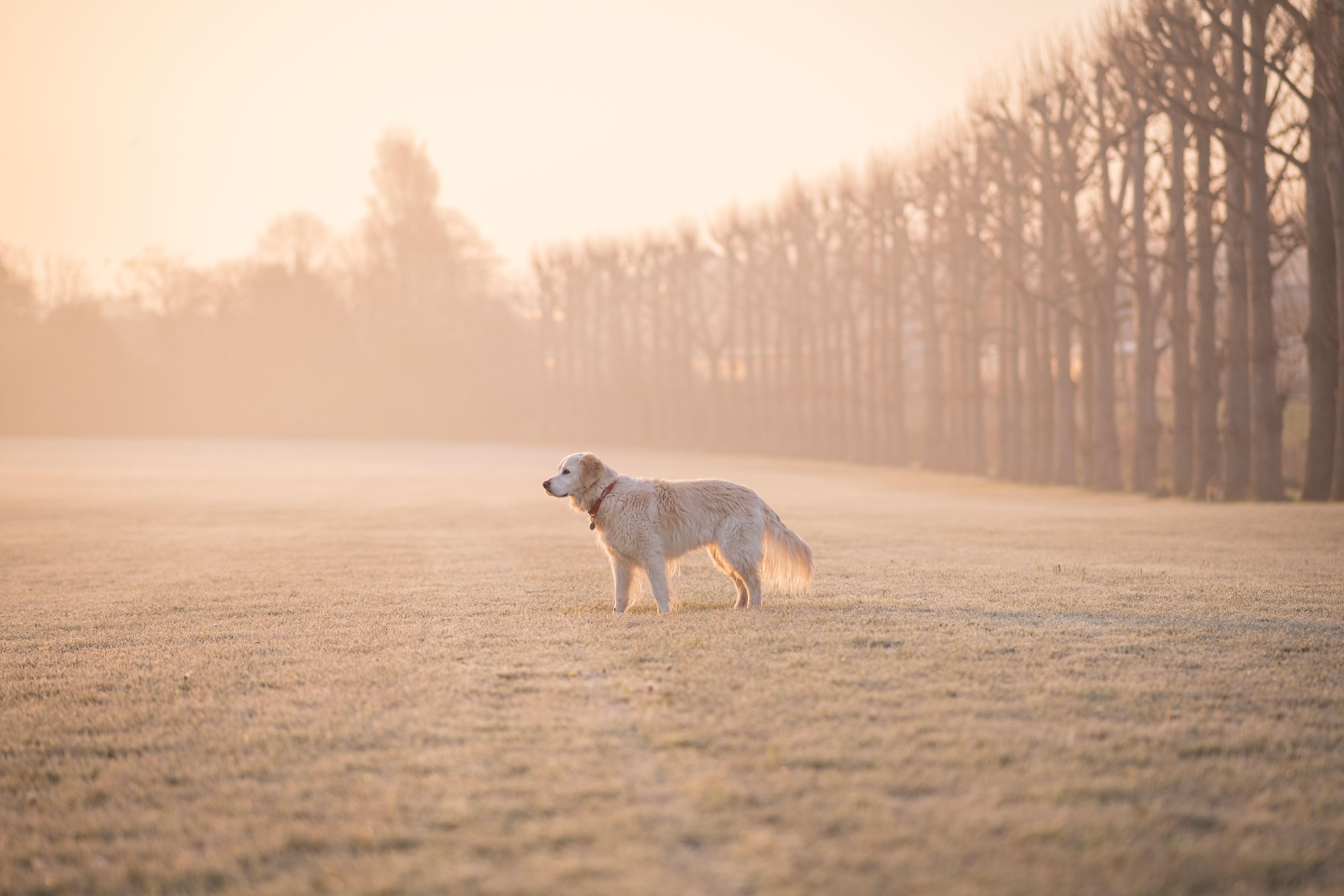 The golden retriever: The world’s most likeable dog almost didn’t exist at all
The golden retriever: The world’s most likeable dog almost didn’t exist at allThey’ve been popping up everywhere this week — on the Tube, at Christmas parties and in the news — so it feels like the perfect moment to talk about the dog breed we’re lucky to have.
-
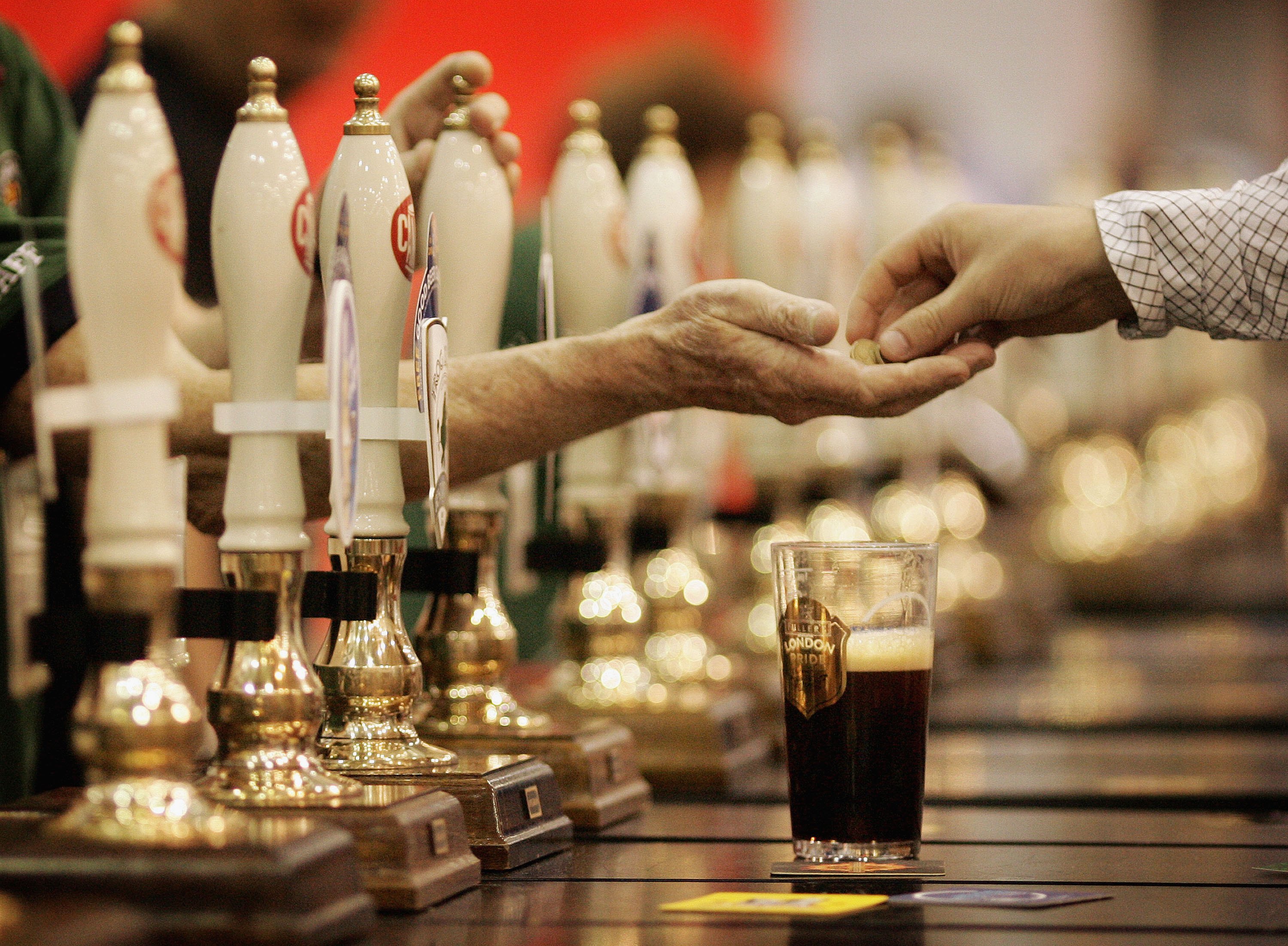 In search of London’s earliest pint
In search of London’s earliest pintEarly houses — pubs open in the early hours to feed and water the market trade — have been a cornerstone of London for centuries. Yet, as Will Hosie finds, they aren’t stuck in the past.
-
 Aristotle believed they emerged spontaneously from mud, Sigmund Freud dissected thousands of them and they can dive lower than a nuclear submarine — but what is the truth about the eel?
Aristotle believed they emerged spontaneously from mud, Sigmund Freud dissected thousands of them and they can dive lower than a nuclear submarine — but what is the truth about the eel?It would seem the European eel has a long way to go to win hearts, Laura Parker says of the slippery animal with an unfortunate image problem.
-
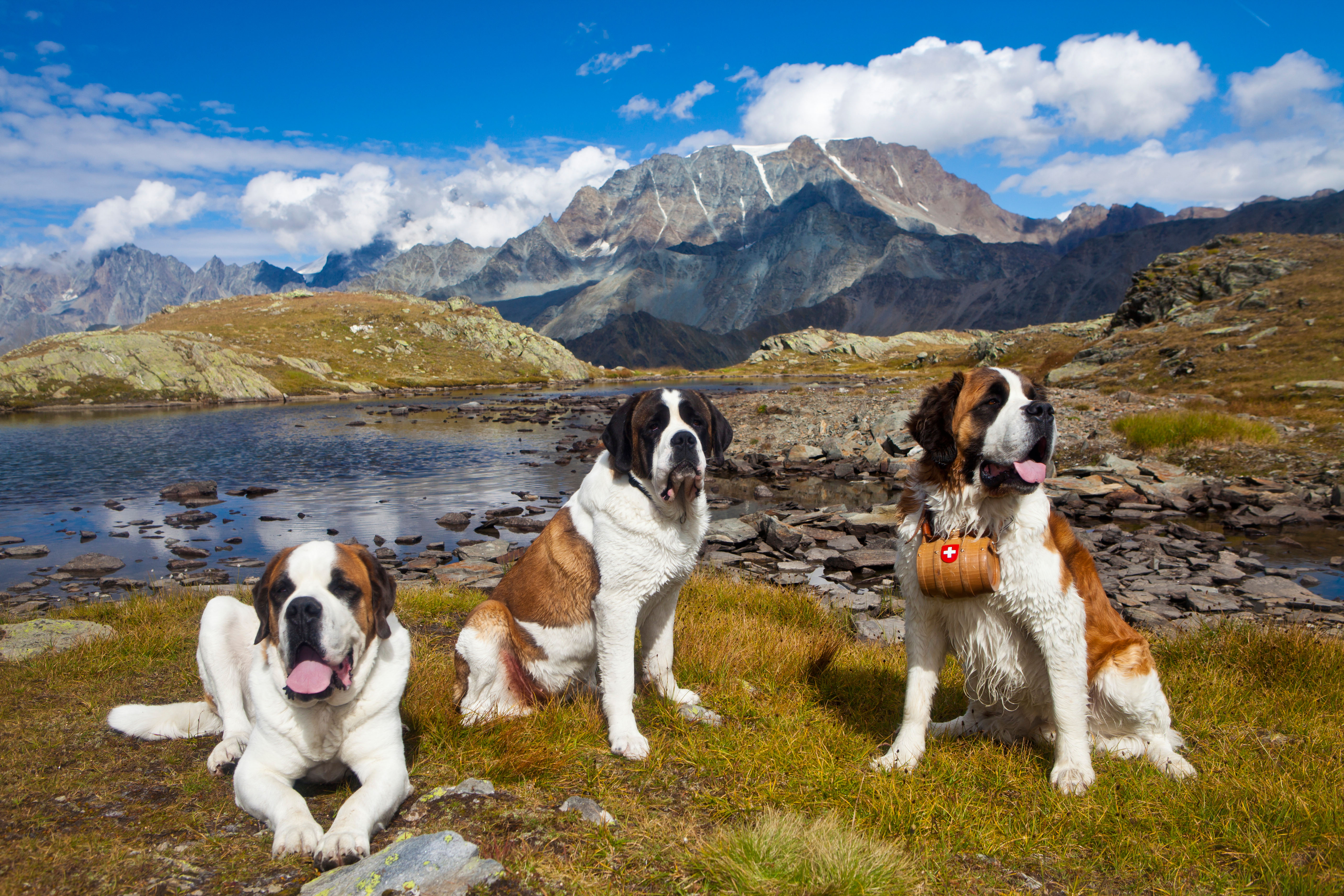 The Alpine rescue dog built for blizzards, bred by monks
The Alpine rescue dog built for blizzards, bred by monksAs snow fell across the UK this week, I found myself day-dreaming of St Bernards striding through the Alps — a snow-day dog worth celebrating.
-
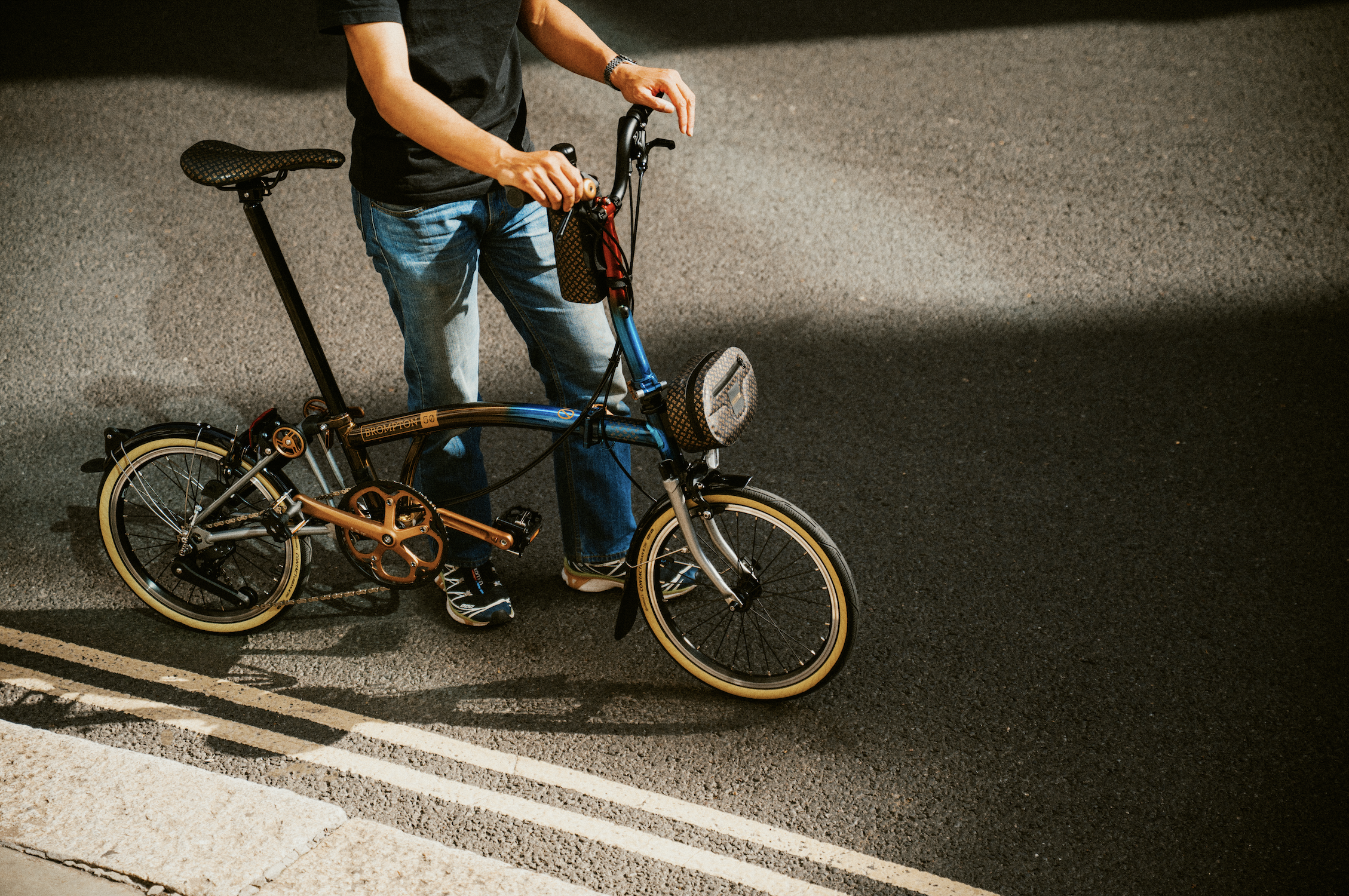 Better than Ozempic? 50 years of the Brompton bicycle
Better than Ozempic? 50 years of the Brompton bicycleOwen Wilson, James May and most of the middle-aged men and condescending hipsters you know love them. As the iconic folding bike turns 50 Lotte Brundle hops on one with the company's CEO.
-
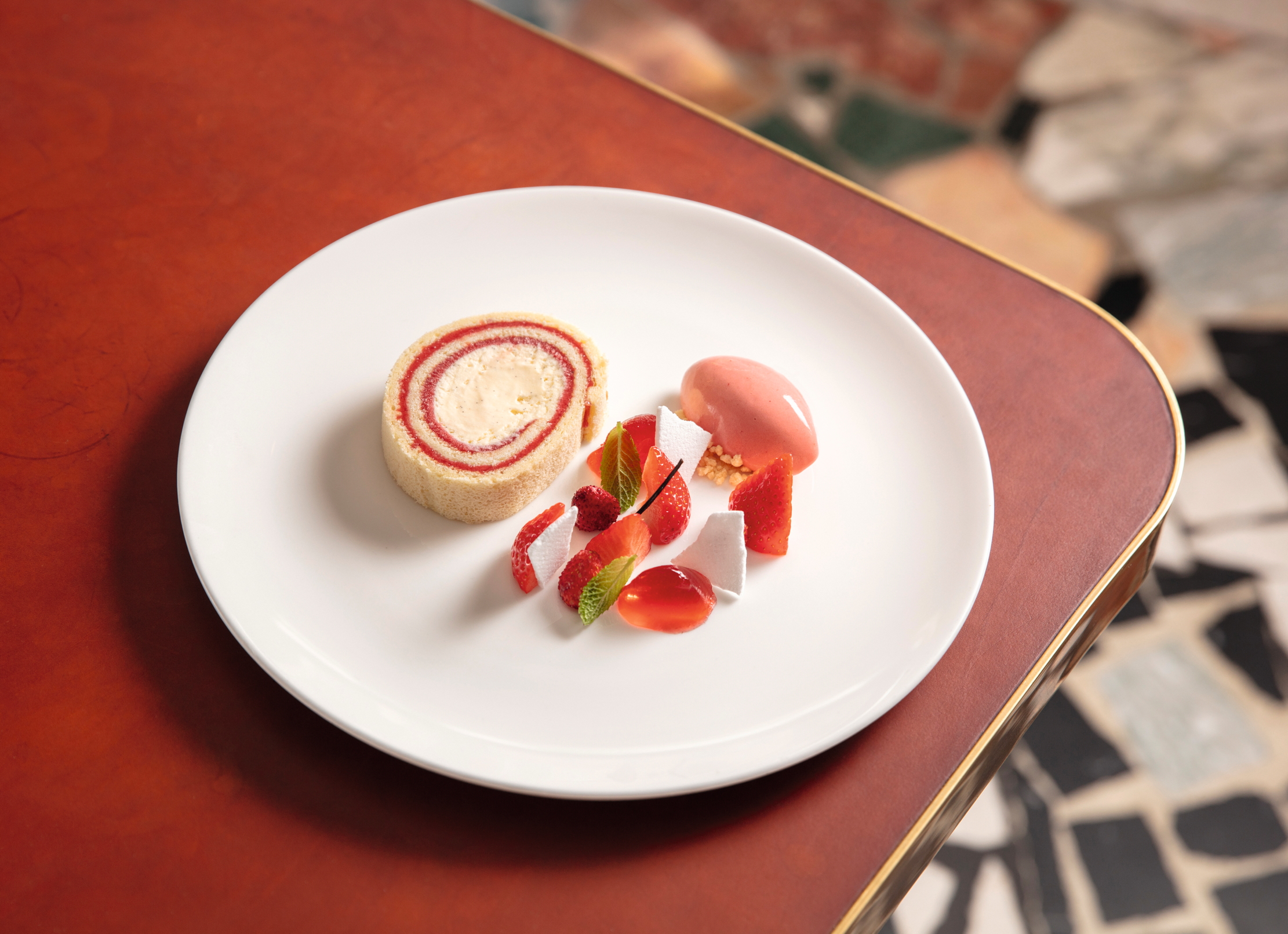 No more froths, no more foams, no more tweezers. Classic dining is making a comeback. Thank god
No more froths, no more foams, no more tweezers. Classic dining is making a comeback. Thank godFrom prawn cocktail and Arctic roll to starched tablecloths and ‘nicotine cream’ on the walls, it’s out with the new and in with the old in the restaurant world
